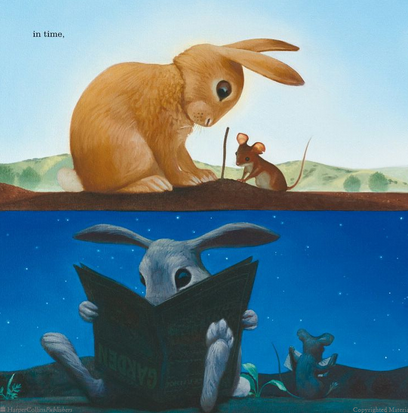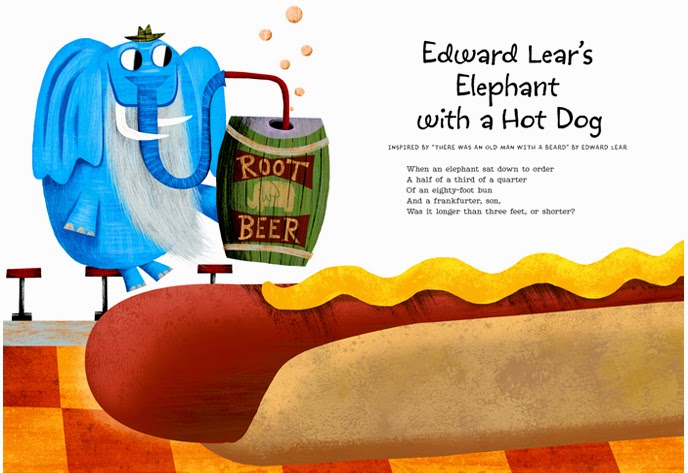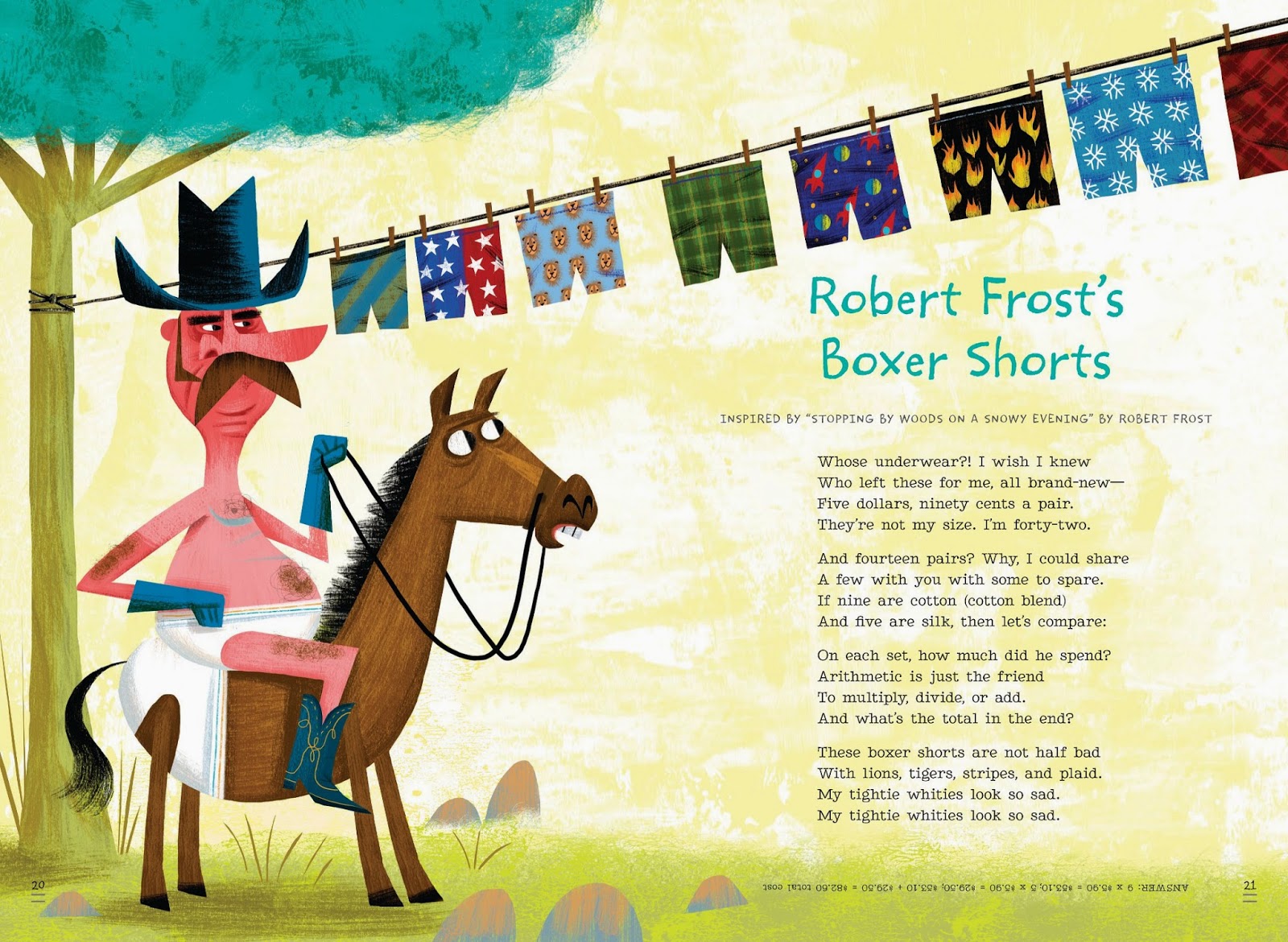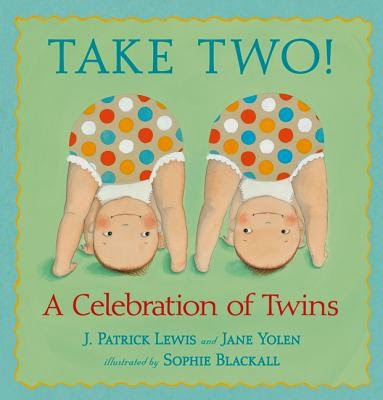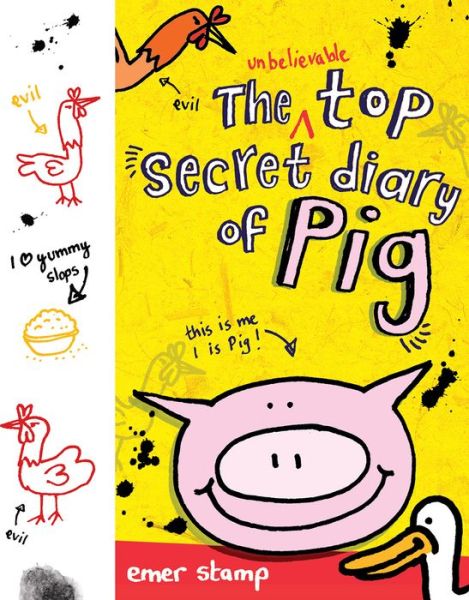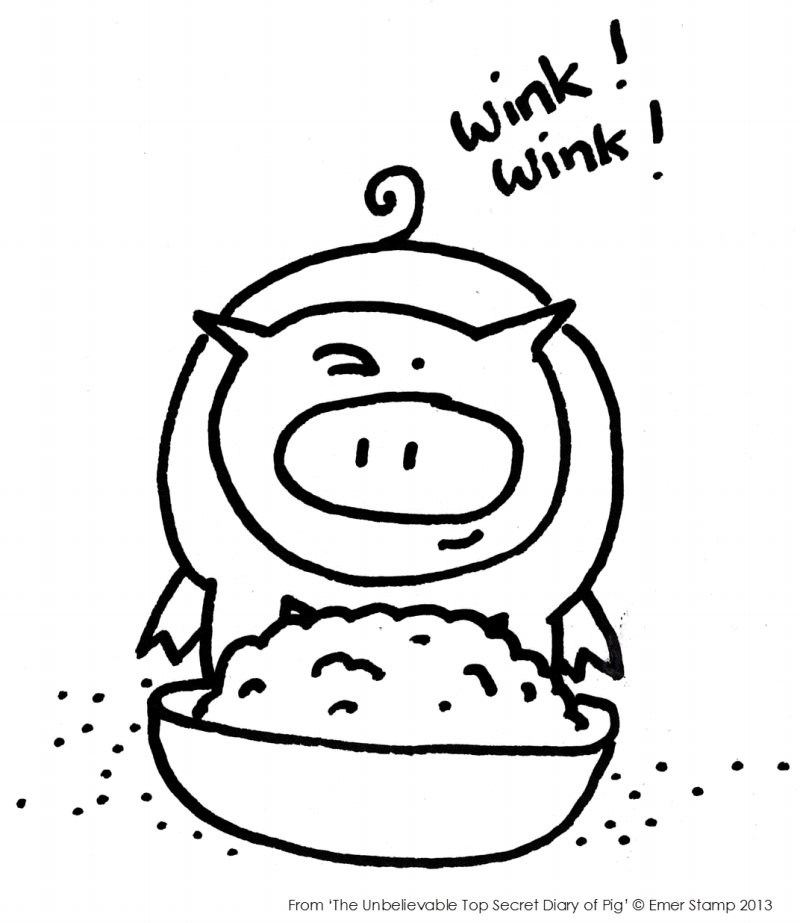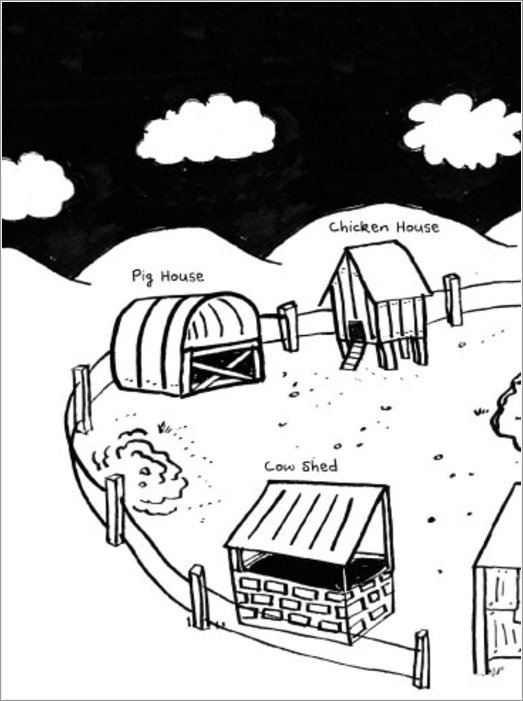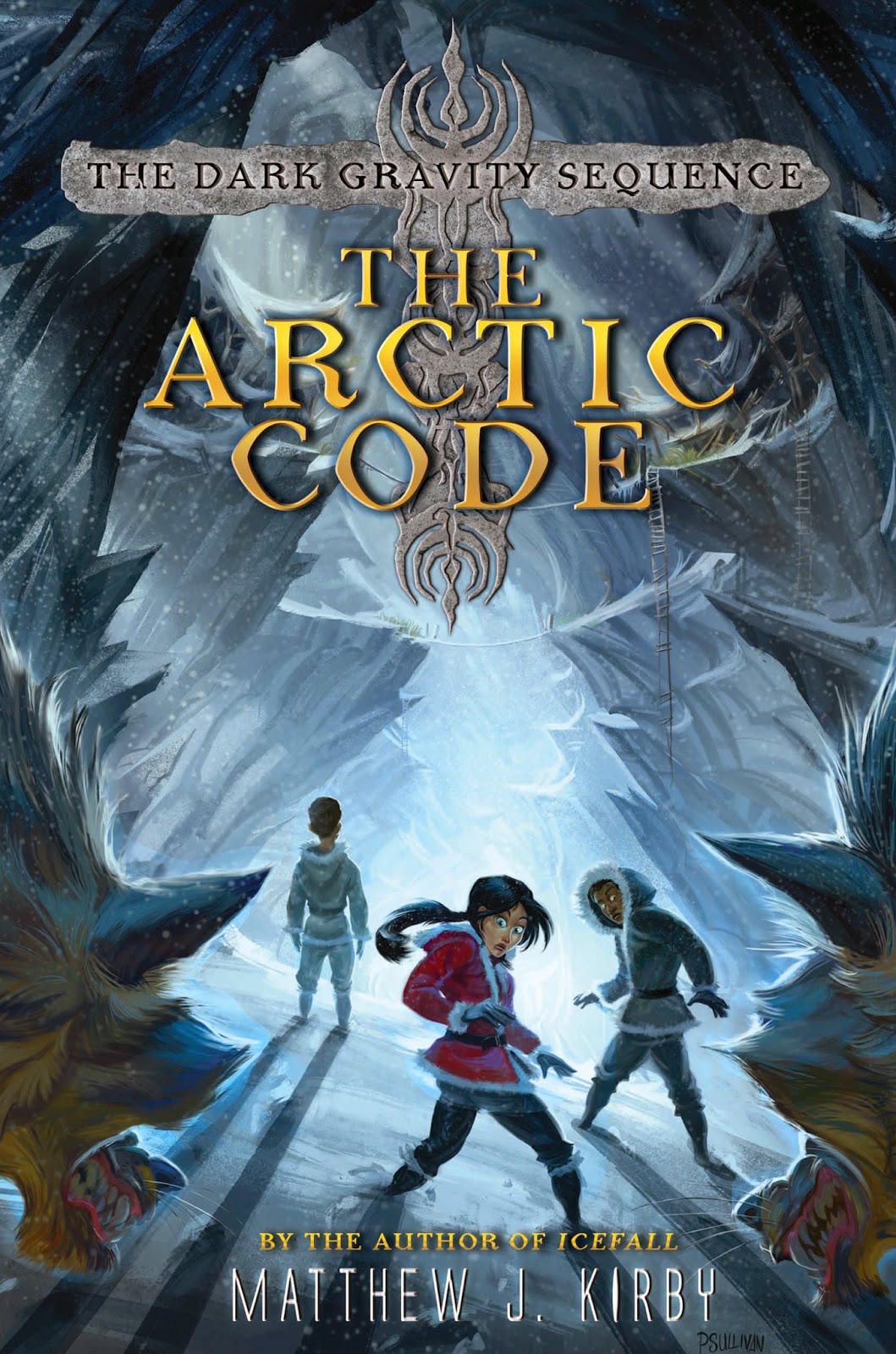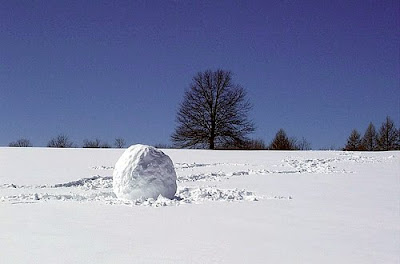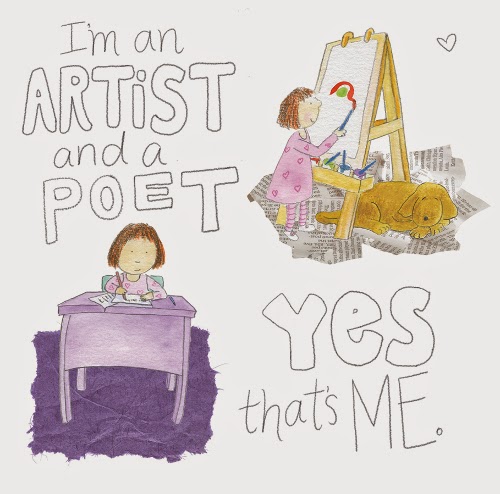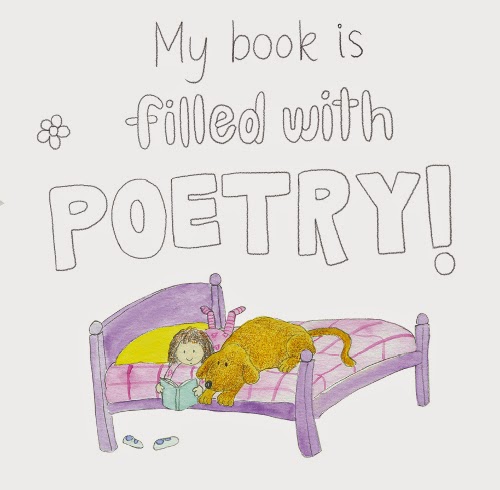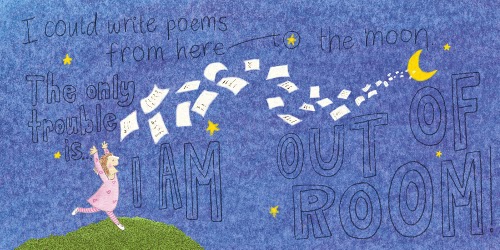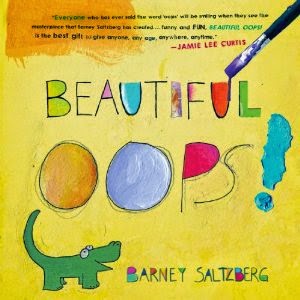I am very embarrassed to say that this is the first book by Kadir Nelson I have reviewed here. Nelson is an award winning artist who's work can be seen on postage stamps and New Yorker covers. Nelson has also won many awards for the children's books he has illustrated and written. His authorial debut, We Are the Ship: The Story of Negro League Baseball won the Seibert Award, the Coretta Scott King Award for Authors and the Coretta Scott King Honor for Illustrators. Nelson has illustrated books about Martin Luther King Jr., Coretta Scott King, Nelson Mandela, Joe Lewis, Duke Ellington, Harriet Tubman and Michael Jordan. He has illustrated picture books written by Will Smith and Spike Lee. And, while the message of Nelson's newest picture book, If You Plant a Seed, is as serious as any other he has covered, it is also beautifully simple in its presentation. On top of it all, If You Plant a Seed is one of those rare picture books with a message that not overtly didactic.
Using gardening as a metaphor, Nelson's sparse text, complimented by rich oil paintings, powerfully illustrates the idiom, "You reap what you sow." The first few pages of If You Plant a Seed show a rabbit and a mouse planting seeds and tending to their garden, through rain and shine, night and day.
 When they are about to enjoy the fruits of their labor, a flock of birds descends, tentatively, wordlessly sending a message. I have read this book out loud to several classes, across all grades, and I love watching my students's faces as I show them these pages. Nelson's animals, while slightly anthropomorphized, communicate with body language and are incredibly expressive. My favorite page in the book is a close-up of the flock of birds making their inquiry. If You Plant a Seed goes on to show what happens when you plant a seed of selfishness and how sweet the fruits of kindness can be, ending on the perfect note. If You Plant a Seed is one of those books that you will find yourself reading over and over, marveling at the wisdom of the story and the stunning illustrations.
When they are about to enjoy the fruits of their labor, a flock of birds descends, tentatively, wordlessly sending a message. I have read this book out loud to several classes, across all grades, and I love watching my students's faces as I show them these pages. Nelson's animals, while slightly anthropomorphized, communicate with body language and are incredibly expressive. My favorite page in the book is a close-up of the flock of birds making their inquiry. If You Plant a Seed goes on to show what happens when you plant a seed of selfishness and how sweet the fruits of kindness can be, ending on the perfect note. If You Plant a Seed is one of those books that you will find yourself reading over and over, marveling at the wisdom of the story and the stunning illustrations.
A few of the amazing books illustrated - and written and illustrated - by Kadir Nelson
Source: Review Copy


